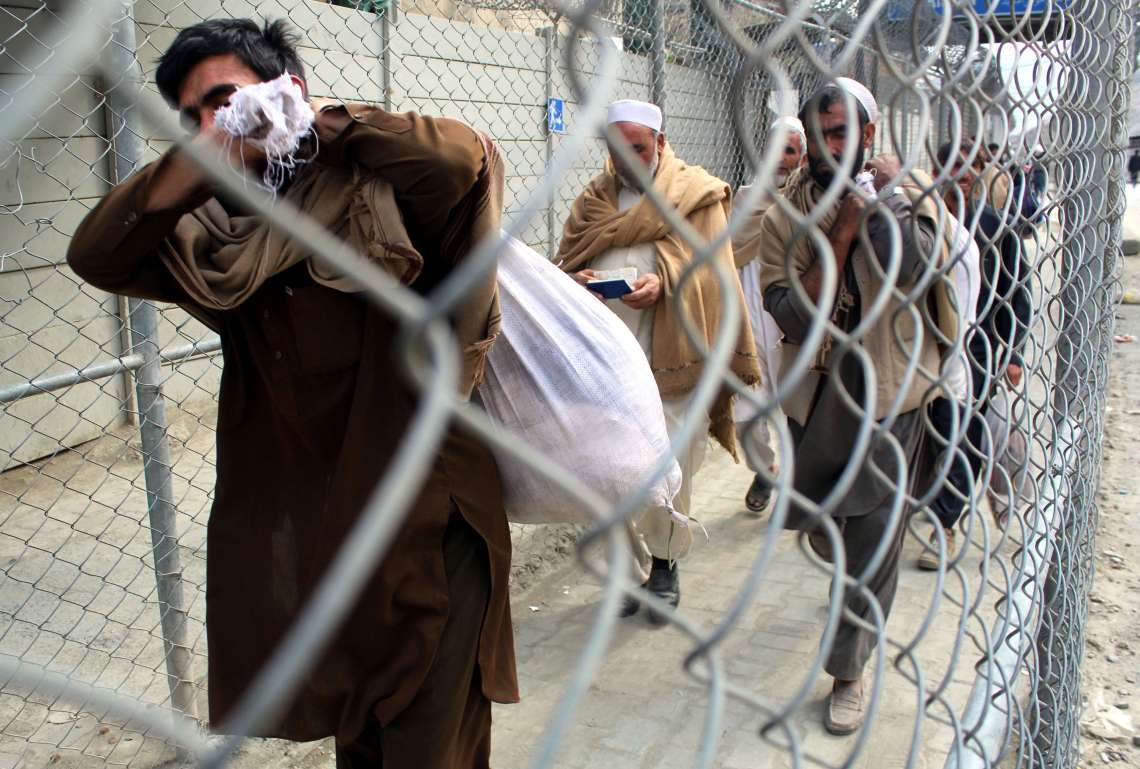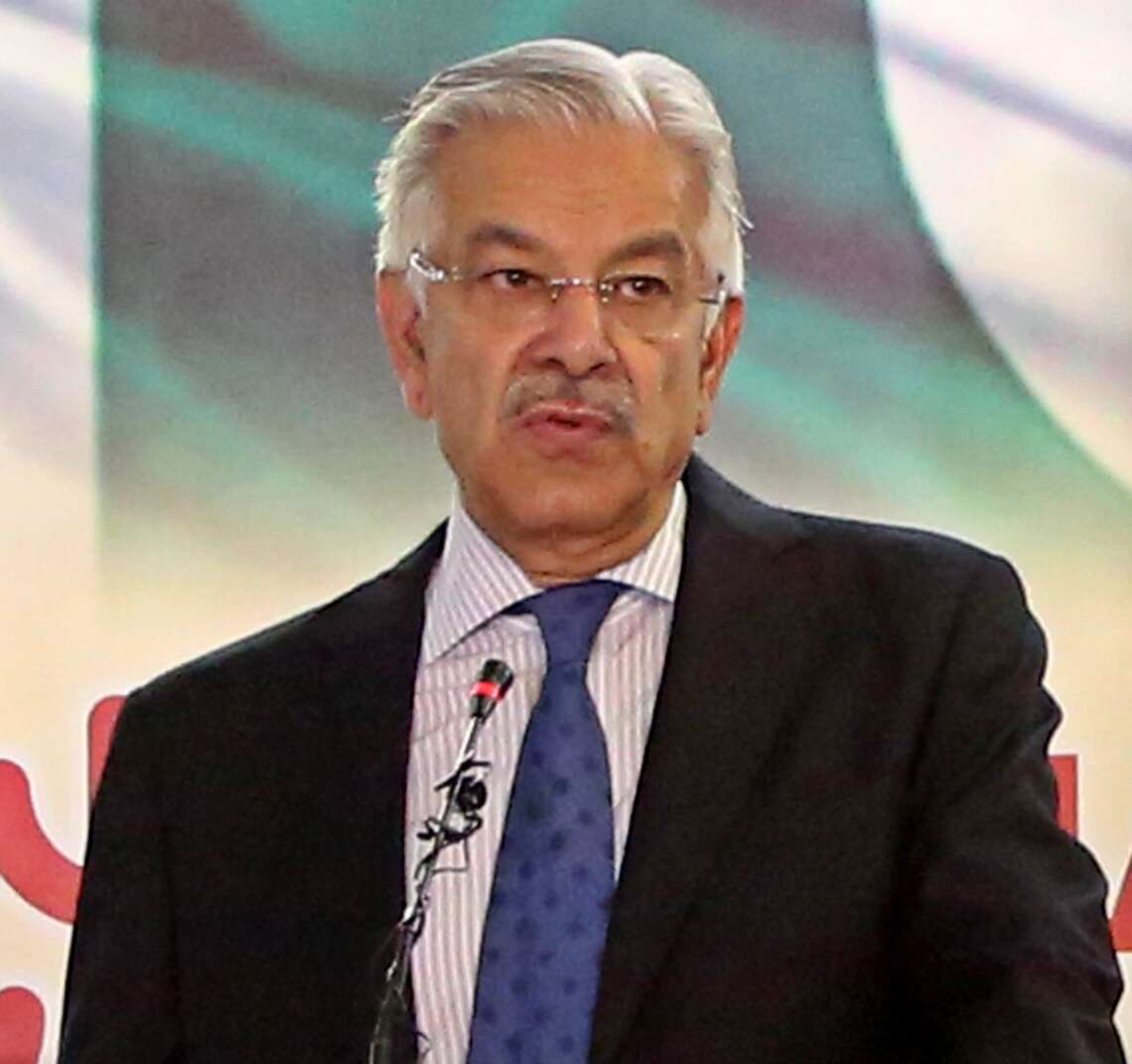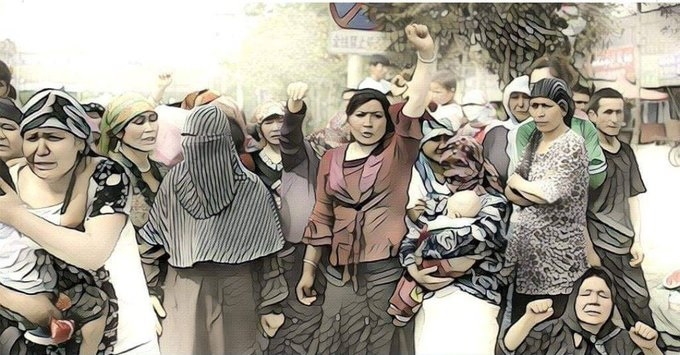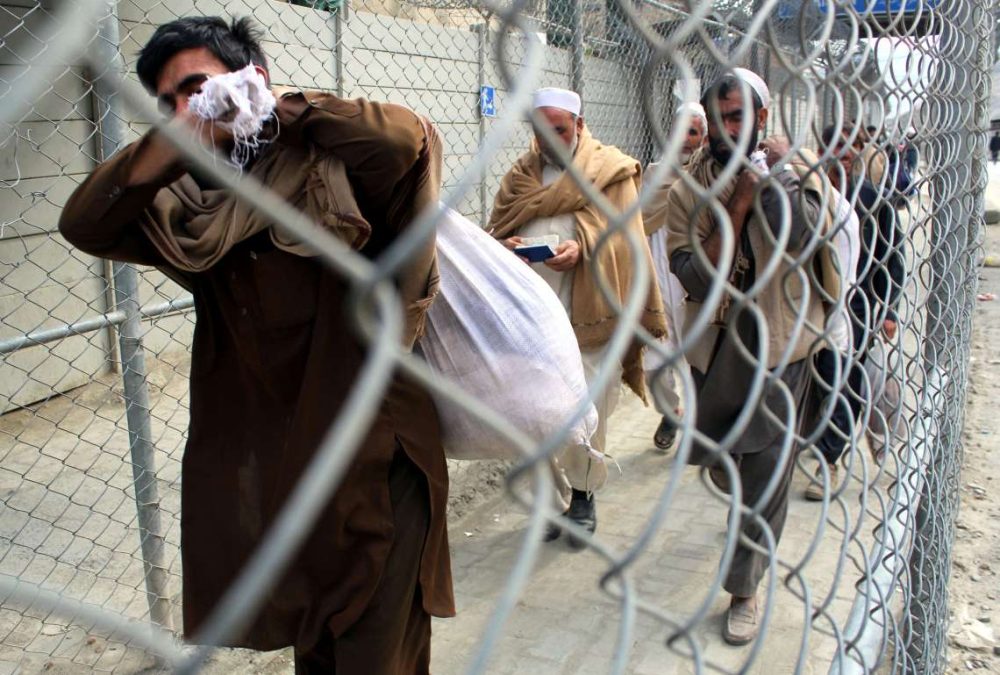This crisis reflects more than just statistics. It is a mirror held up to a state that has consistently failed to invest in its people, its institutions, and its future, Dr Shakeel Ahmed
Pakistan’s healthcare system is unravelling under the weight of an exodus that shows no sign of slowing: nurses, the backbone of medical care, are leaving the country in alarming numbers. This growing tide of emigration, spurred by better salaries, safer working environments, and professional opportunities abroad, is hollowing out an already fragile health infrastructure. What remains is a medical system ill-equipped to meet the needs of a population that has surged past 240 million, creating a grim portrait of neglect and systemic failure.
The numbers tell a bleak story
The statistics paint a catastrophic picture. Pakistan requires an estimated 700,000 nurses to meet current healthcare demand, yet as of 2020, only 116,659 were registered in the country. This shortfall is staggering by any standard, but in the context of a growing population, it is nothing short of catastrophic.
According to the Bureau of Emigration and Overseas Employment, nurses made up 5.8% of Pakistan’s highly educated workforce that emigrated in 2024. Between 2019 and 2024, the number of Pakistani nurses registered abroad grew at a compound annual growth rate of 54.2%—a pace so steep that it threatens to gut the profession at home entirely.
By comparison, global data indicate that about 15% of nurses from developing countries migrate annually to wealthier nations. Pakistan’s surge far outpaces this trend, marking it as one of the countries most severely affected by the healthcare brain drain.
In 2024 alone, a record 727,381 professionals left Pakistan in search of better prospects overseas. The exodus shows no sign of abating—by mid-2025, over 336,442 had already departed, with a sizeable portion belonging to the medical and nursing sector. Officials quietly admit that the figures do not fully capture the scale, as many nurses leave through private or informal arrangements, bypassing state registration channels altogether.

Ratios that reflect collapse
The imbalance between doctors and nurses adds yet another dimension to this crisis. The World Health Organisation recommends at least three nurses for every doctor. In Pakistan, the ratio stands at just 0.5 nurses per doctor—one of the lowest in South Asia. This means doctors are often left performing tasks that should fall under nursing care, stretching the system thin and compromising quality across the board.
This shortfall is not simply a matter of numbers. Nurses provide the bulk of direct patient care, from monitoring vitals to administering medication and offering basic comfort. Their absence leaves patients more vulnerable, hospitals more chaotic, and doctors more overburdened. Without adequate nursing staff, even well-trained physicians cannot deliver effective healthcare.
A system bleeding talent
The allure of overseas opportunities is undeniable. Gulf nations, the UK, and Canada have actively courted Pakistani nurses with promises of higher salaries, superior working conditions, and safer environments. In contrast, within Pakistan, nurses face long hours, inadequate pay, unsafe workplace conditions, and a lack of professional growth. The choice for many becomes less about ambition and more about survival and dignity.
This brain drain is worsened by the failure of Pakistan’s health system to retain its workforce. A recent Senate Standing Committee on Health meeting underscored the scale of the crisis, revealing that the country faces a shortage of more than one million nurses. Compounding this, nearly 30,000 to 40,000 registered doctors are not practising at all, either due to lack of opportunities, emigration, or disillusionment with the system.
The combined effect is devastating: a hollowing out of human capital that leaves patients stranded, hospitals overwhelmed, and communities with virtually no access to qualified medical care.
The human toll of emigration
Behind these numbers lies a human story of suffering and despair. For patients, the absence of nurses translates directly into longer wait times, poorer care, and higher risks. Families are often forced to rely on untrained or semi-trained workers in rural clinics, where the healthcare gap is most acute. In urban centres, where hospitals are already stretched thin, the absence of skilled nursing staff can turn even minor medical emergencies into tragedies.
The exodus of nurses also erodes trust in the public healthcare system. Those who can afford it turn to private hospitals, but even these facilities are not immune to shortages. For the vast majority of Pakistanis, who rely on underfunded government hospitals, the consequences are stark: overcrowded wards, exhausted doctors, and inadequate patient care.
A crisis long in the making
This collapse has not happened overnight. Pakistan’s healthcare system has long suffered from chronic underinvestment, mismanagement, and neglect. The profession of nursing itself has been historically undervalued, regarded as secondary to medicine and deprived of the respect, compensation, and institutional support it deserves. For decades, training facilities have been underfunded, and career advancement has been limited.
This disregard is now bearing fruit in the most damaging way possible. Nurses, faced with an environment that neither respects nor rewards their contribution, are seeking recognition and better lives elsewhere. The result is a self-perpetuating cycle: the more nurses leave, the worse conditions become for those who stay, prompting even more to leave.
A healthcare system on the brink
The combination of emigration, shortages, and neglect places Pakistan on the brink of a healthcare collapse. The COVID-19 pandemic already revealed how fragile the system was, with limited ICU beds, overwhelmed hospitals, and inadequate staff. Now, as waves of nurses leave the country, even the baseline functions of the health system are under threat.
This is not merely a healthcare problem; it is a national crisis with wide-ranging implications. A population of over 240 million cannot be served by such a depleted system. Rural areas, where healthcare infrastructure is already sparse, will bear the brunt. Women and children, who rely heavily on basic healthcare services, are particularly vulnerable.
The emigration of nurses also exposes Pakistan to reputational damage on the international stage. A country unable to provide basic healthcare for its own citizens cannot credibly claim progress in development or social stability. Instead, it risks being seen as a state that produces talent only to export it, leaving its own people neglected.
A bleak future
Pakistan’s healthcare system stands at a precipice, undermined by an exodus of nurses that shows no signs of abating. The numbers are not just alarming—they are devastating. A country that requires 700,000 nurses to meet demand has only a fraction of that number, and each year, thousands more leave for foreign shores.
This crisis reflects more than just statistics. It is a mirror held up to a state that has consistently failed to invest in its people, its institutions, and its future. The result is a nation where patients die waiting for care, doctors work without support, and nurses vote with their feet, abandoning a system that abandoned them first.
As the exodus continues, Pakistan is left confronting an uncomfortable truth: without its nurses, its healthcare system is not simply strained—it is collapsing.














